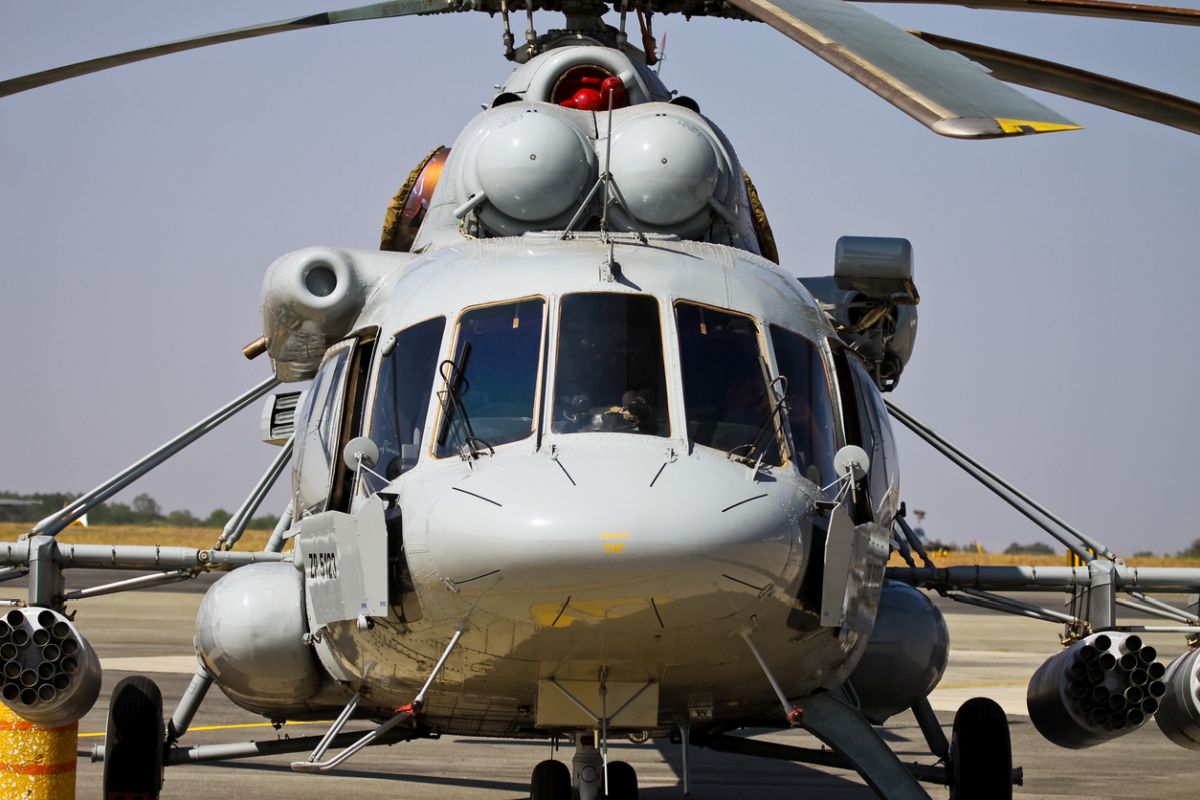A pall of gloom descended upon the country as the news broke about the crash of the Mi-17V5 chopper, carrying Chief of Defence Staff (CDS) General Bipin Rawat and 13 others into the Nilgiri Hills but it also stoked memories of a Mi-17 crash that killed a former chief of the Eastern Command of the Indian Army along with eight others onboard.
A Defence official, requesting anonymity, sought to remind an uncannily similar incident that killed the former GOC-in-C, Eastern Command Lt Gen Jamil Mehmood in 1993 at Paro, Bhutan when his Mi-17 chopper crashed in the mountainous region. The crash had also killed Squadron Leader Sanjay Kumar Sahoo and Flt Lt Suryanrayan Sabat and a few others including the wife of the lieutenant general.
Advertisement
As per the information that was made public then, it was stated that a court of enquiry had deduced that it was the loss of power in the helicopter at a critical point after take-off which is said to have necessitated a forced landing. The reason for the loss of power could not be ascertained. However, any doubts surrounding the capability of the Mi 17 helicopters, has been brushed aside by the Indian Air Force (IAF).
The former IAF chief, Air Chief Marshal Arup Raha told The Statesman that the Mi-17s have long been in use with the Indian armed forces who have later also procured variants of it. This chopper is the workhorse of IAF and has participated in several operations where it proved to be of immense potential in harsh terrain areas with extreme climate conditions. These are medium-lift helicopters which have also aided paramilitary forces in Maoist belts.”
These choppers have taken part in relief operations in tough terrains like Uttarakhand and North Sikkim, it was pointed out. A military aviation expert, requesting anonymity, said several factors can be involved in a helicopter crash which includes autorotation -occurs from the failure of engine or driveline.
“Engine failures are also caused by fuel contamination or exhaustion which can result in a forced autorotation. Maintenance has often been a contributing factor to engine failure.” “When landing from an autorotation, the only energy available to arrest the descent rate and ensure a soft landing is the kinetic energy stored in the rotor blades. A greater amount of rotor energy is required to stop a helicopter with a high rate of descent.”
An IAF source however brushed aside the chances of lack of maintenance and said the IAF assets are valuable national assets and hence the serviceability of these is maintained at optimum levels.











